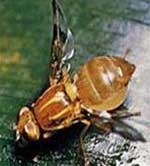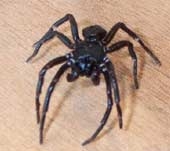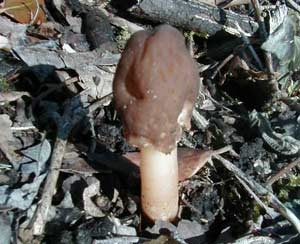Researchers have discovered that the venom of a species of moth can be used as a medicine for humans and to control diseases in animals.
Doratifera vulnerans, a species native to the southeastern region of Queensland, Australia, is most commonly found in Toohey Forest Park. Its larvae (caterpillars) have an incredibly striking appearance, which caught the attention of Dr. Andrew Walker from the Institute for Molecular Bioscience (IMB) in 2017.
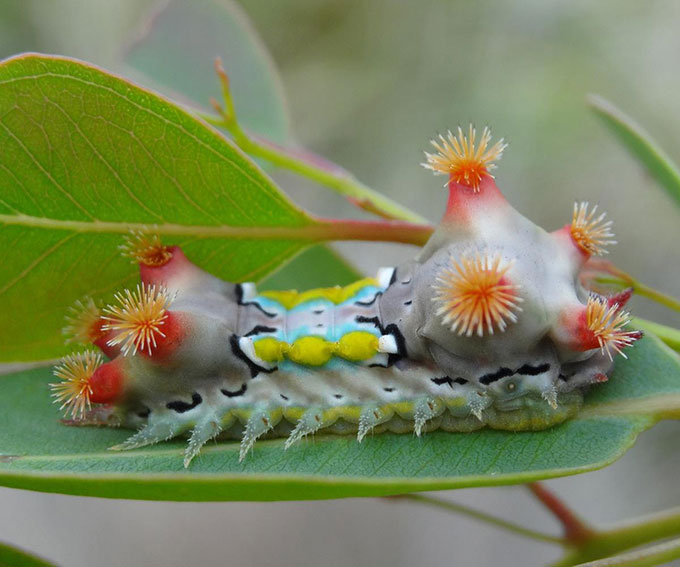
Caterpillar of the moth Doratifera vulnerans. (Photo: Project Noah).
“I stumbled upon a Doratifera vulnerans specimen while collecting assassin bugs near the city of Toowoomba in southern Queensland and was immediately fascinated by its unusual biological characteristics and its painful venom,” Walker recounted.
Subsequent studies by Walker revealed that the toxin of this moth species has a molecular structure similar to that of toxins found in spiders, ants, and wasps.
“We found that the venom of Doratifera vulnerans is primarily composed of peptides with an astonishing complexity: it contains up to 151 protein-based toxins from 59 different families,” Walker emphasized.
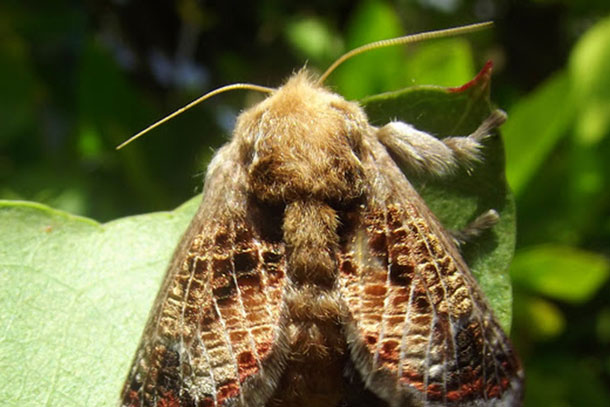
Adult moth Doratifera vulnerans. (Photo: Jungle Dragon).
The research team synthesized 13 toxins and used them to illustrate the unique evolutionary path that this moth species has followed to produce its painful venom. The amino acid sequencing of each type of protein-based toxin allowed Walker to create peptide toxins in the laboratory and test them in various ways.
Some peptides have been validated to be highly effective, capable of effectively killing parasitic roundworms in pets, as well as harmful pathogens to humans.
“Our research opens up a new source of active peptides that could be used in medicine, biotechnology, and scientific research. However, we need to learn more about the effects of each toxin before they can be used in humans,” Walker added.
The research findings have been published in the Proceedings of the National Academy of Sciences, with contributions from IMB, the Commonwealth Scientific and Industrial Research Organisation (CSIRO) of Australia, York University in Canada, the University of Vienna in Austria, and the U.S. Department of Agriculture.








































